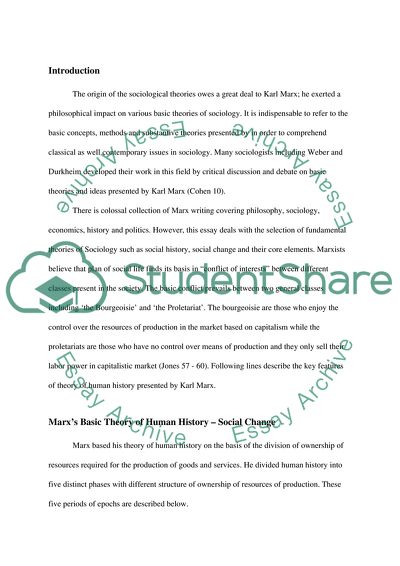Cite this document
(Basic Theories and Ideas Presented by Karl Marx Coursework, n.d.)
Basic Theories and Ideas Presented by Karl Marx Coursework. https://studentshare.org/sociology/1756800-karl-marx
Basic Theories and Ideas Presented by Karl Marx Coursework. https://studentshare.org/sociology/1756800-karl-marx
(Basic Theories and Ideas Presented by Karl Marx Coursework)
Basic Theories and Ideas Presented by Karl Marx Coursework. https://studentshare.org/sociology/1756800-karl-marx.
Basic Theories and Ideas Presented by Karl Marx Coursework. https://studentshare.org/sociology/1756800-karl-marx.
“Basic Theories and Ideas Presented by Karl Marx Coursework”. https://studentshare.org/sociology/1756800-karl-marx.


